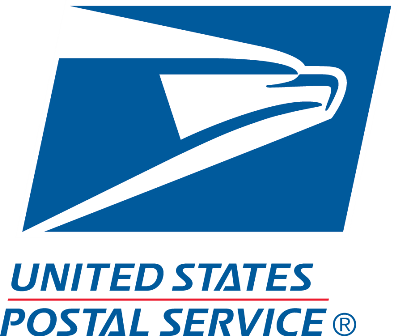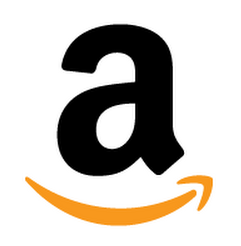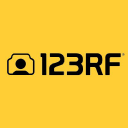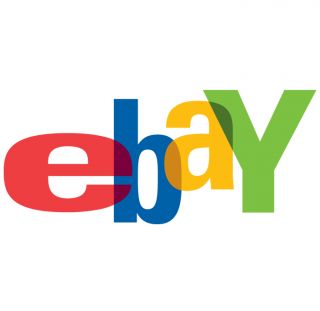How We Started A $325K/Month Practical Baby Products Brand
Hello! Who are you and what business did you start?
We are Sam and Kirsten, a husband and wife team from Parker, Colorado. Parker Baby Co. specializes in practical baby products that are designed to simplify parenthood. As parents of 4 kids under the age of 5 years old, we find inspiration for new products everywhere. Most of our products are inspired directly by our kids.
Our most well-known product is our Birch Bag Diaper Backpack in Cream:

We always struggled to find a diaper bag that was: 1) Large enough to hold enough baby stuff for twins; 2) Stylish enough to carry everywhere; 3) Gender-neutral so Dad can comfortably use it, and 4) Affordable. So we designed one and launched it in 2017. I’ve always felt that the Birch Bag was the product that pushed us from “side hustle” to “this...

Download the report and join our email newsletter packed with business ideas and money-making opportunities, backed by real-life case studies.

Download the report and join our email newsletter packed with business ideas and money-making opportunities, backed by real-life case studies.

Download the report and join our email newsletter packed with business ideas and money-making opportunities, backed by real-life case studies.

Download the report and join our email newsletter packed with business ideas and money-making opportunities, backed by real-life case studies.

Download the report and join our email newsletter packed with business ideas and money-making opportunities, backed by real-life case studies.

Download the report and join our email newsletter packed with business ideas and money-making opportunities, backed by real-life case studies.

Download the report and join our email newsletter packed with business ideas and money-making opportunities, backed by real-life case studies.

Download the report and join our email newsletter packed with business ideas and money-making opportunities, backed by real-life case studies.































































